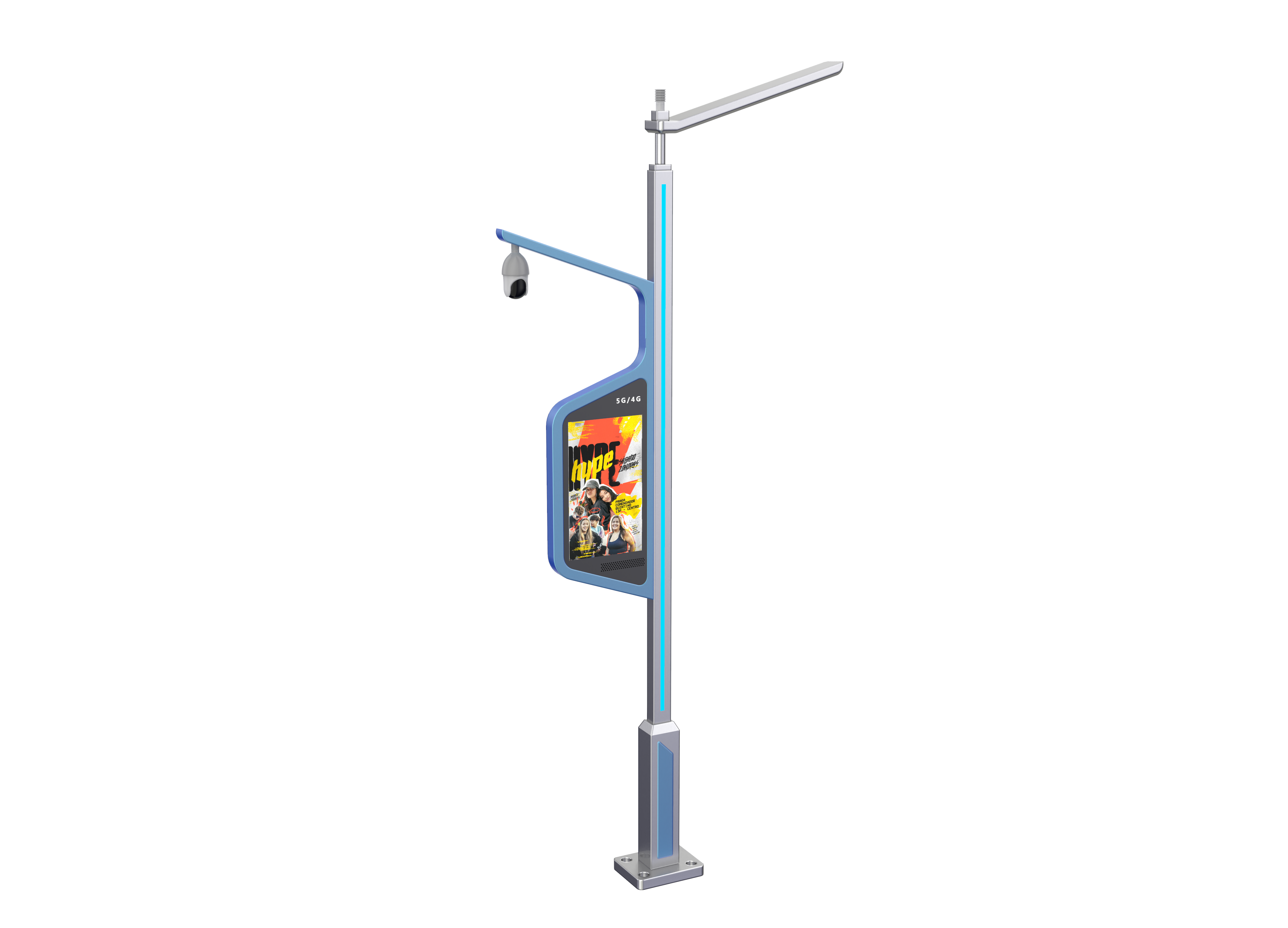Smart lamp posts are a significant advancement in urban infrastructure, integrating lighting with a range of smart technologies. These innovative solutions not only enhance street lighting efficiency but also contribute to urban management, safety, and sustainability. This article explores the technical aspects, functionalities, and benefits of smart lamp posts.
1. Features of Smart Lamp Posts
Intelligent Lighting Control
Smart lamp posts are equipped with LED lights that can be controlled remotely. Utilizing sensors, they can adjust brightness based on ambient light conditions or pedestrian presence, resulting in energy savings and extended lifespan.
Data Collection and Analysis
Equipped with sensors, these lamp posts can collect data on pedestrian traffic, environmental conditions, and air quality. This data can be analyzed to inform city planning and improve public services.
Connectivity
Smart lamp posts often feature Wi-Fi hotspots and can serve as communication nodes for IoT devices. This connectivity allows for real-time information sharing, enhancing the digital infrastructure of urban areas.
Security Features
Many smart lamp posts are integrated with surveillance cameras and emergency call buttons. This improves public safety and allows for quick responses in emergencies.
Renewable Energy Integration
Some models incorporate solar panels or wind turbines, promoting sustainable energy use. This reduces reliance on the grid and lowers operational costs.

2. Applications
Urban Management
Smart lamp posts can assist city officials in monitoring urban activities and infrastructure health, allowing for proactive maintenance and improved resource allocation.
Smart City Development
As part of a broader smart city initiative, these lamp posts contribute to the interconnectedness of urban services, enhancing overall quality of life for residents.
Environmental Monitoring
The data gathered can inform initiatives related to environmental protection and urban ecology, enabling cities to address pollution and climate change effectively.
3. Benefits
Energy Efficiency
By adjusting brightness based on real-time conditions, smart lamp posts significantly reduce energy consumption compared to traditional lighting.
Cost Savings
The integration of smart technologies can lead to reduced operational costs through efficient energy use and decreased maintenance needs.
Enhanced Public Safety
The security features integrated into smart lamp posts help deter crime and provide immediate support in emergencies.
Improved Urban Aesthetics
Modern designs and features enhance the visual appeal of urban environments, contributing to overall city aesthetics.
Smart lamp posts represent a transformative shift in urban infrastructure, offering a multitude of benefits that enhance public safety, energy efficiency, and urban management. As cities continue to evolve, the integration of smart technologies like these lamp posts will play a crucial role in building sustainable and connected urban environments. The future of smart cities is bright, and smart lamp posts are leading the way.








 Share to:
Share to: